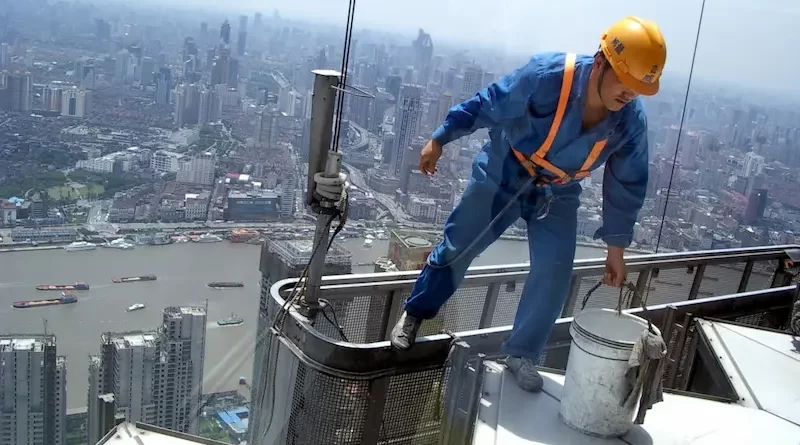Which Tools Are the Most Dangerous to Use on a Construction Site?
Anyone who has ever worked in construction realizes that some tools used in the trade are much more dangerous than others. Because workers are expected to perform their jobs quickly to meet deadlines, even though they are highly trained in most cases, accidents can still occur. Many of the accidents that happen on construction sites cause devastating injuries as well as fatalities.
Below, we will discuss what tools are considered the most dangerous. Forewarned is forearmed, which helps construction workers use extra caution and safety measures to prevent traumatic injuries that could cost them their livelihood or even their lives.
Nail Guns
According to the Occupational Safety and Health Administration, nail guns cause around 37,000 injuries each year. Nail guns are especially dangerous for apprentice carpenters where one out of 10 workers experienced injuries three times or more.
Table Saws
Table saws come with security guards. However, in many instances, the guard is removed to make the work go faster. In addition, workers cannot perform many tasks with the guard in place. The Consumer Product Safety Commission reported that a high number of these injuries are due to poor guard design. In 2017, around 64,000 injuries were reported involving table saws, with most of the trauma occurring to the hands and fingers.
Chainsaws
Chainsaws are often used when cutting concrete, pipes, brick, and blocks in construction projects. However, chainsaws are considered the most dangerous of all tools used at construction sites because of the high number of fatal accidents. Trip hazards, kickback, the chain suddenly coming off and improper PPE are common hazards. If the site is not cleared of trip hazards, uncleared debris can allow the operator to fall, leading to an accident. If the chainsaw is not properly maintained, it can lead to a serious and potentially fatal accident if the chain breaks.
Circular Saws
Circular saws present a major risk of injuries to construction site workers. Although these powerful saws are efficient and do the work fast, poor design, kickbacks, slips, removal of the blade guard, lack of maintenance and other problems can result in serious injuries. Even if the blade guard is in place, a high percentage of accidents (about 33 percent) still occur each year. The estimate by the National Institutes of Health reports that around 16.5 percent of all injuries to upper limbs were caused by circular saws. They are also one of the rising causes in legal actions against mismanaged construction companies.
Backhoes and Other Heavy Equipment
Backhoes and other heavy equipment such as forklifts, cranes and bulldozers account for a high percentage of deaths in the construction industry every year. Malfunctioning or defective equipment, lack of training, rollovers, falls, electrocution and “caught-in/between” accidents are events that can cause serious injuries or fatalities. Bulldozers cause the highest number of fatalities with 20 reported by OSHA in 2020.
Air Compressors
Air compressors are used to power equipment on a job site but can present a real hazard to those nearby, including the risk of fire or an explosion. If the compressor is malfunctioning or improperly handled, it can cause serious injuries, including internal damage to a worker as well as facial trauma, air embolism or even intestinal rupture. An air compressor is much more than a souped-up hair dryer. Air pressures in a compressor can reach 150 psi or more, but it only takes 100 psi to remove a human’s skin.
Construction Companies Need to Have Safety Standards in Place
It is mandatory that construction companies realize the hazards that tools present to workers. That is where employee training and strict safety standards can make a difference.

